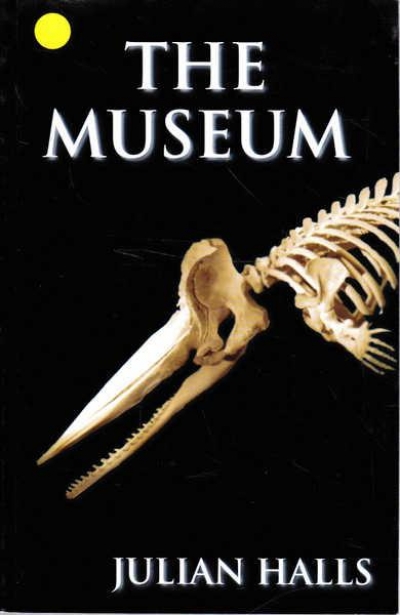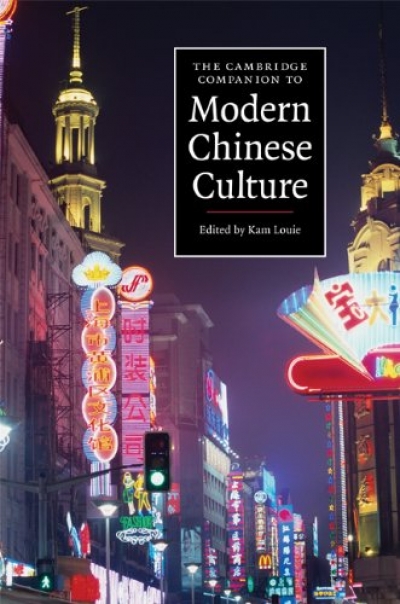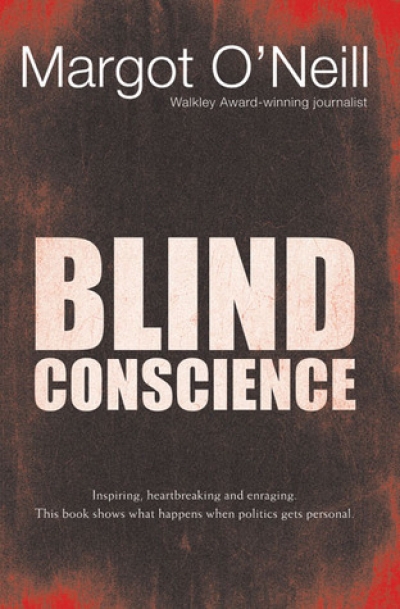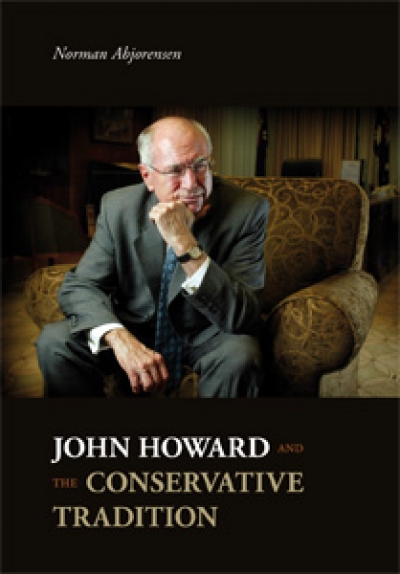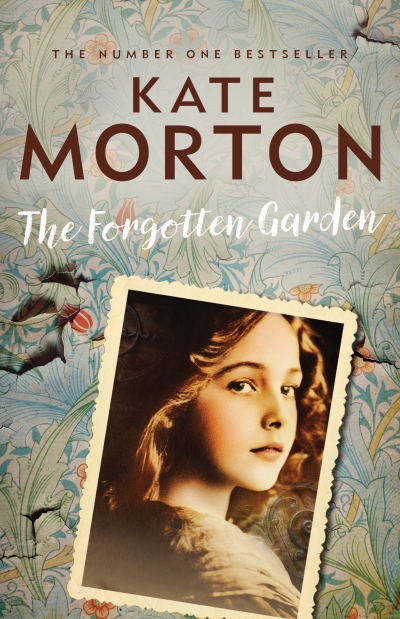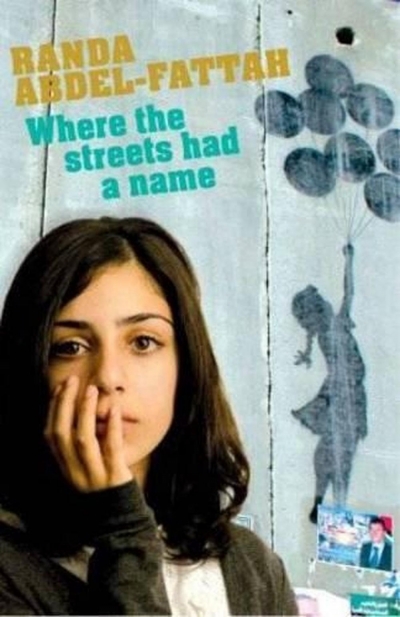Review
John Howard and the Conservative Tradition by Norman Abjorensen
by Judith Brett •
William Blackstone: Law and Letters in The Eighteenth-Century by Michael Kirby
by Michael Kirby •
The Racket: How abortion became legal in Australia by Gideon Haigh
by Lisa Featherstone •
Where The Streets Had A Name by Randa Abdel-Fattah
by Yossi Klein •
Modern Times: The untold story of modernism in Australia edited by Ann Stephen, Philip Goad and Andrew McNamara (eds)
by Sarah Scott •

